Table of Contents
Introduction
In the last few years, the fascination surrounding Mars exploration has taken hold of scientists, space enthusiasts, and the general public like never before. This cosmic Curiosity has been fueled by remarkable strides in technology, which have elevated our mission to decipher the enigmatic Red Planet to extraordinary levels. In this article, our voyage will plunge deep into the realm of Mars exploration, spotlighting the incredible cutting-edge technologies that will serve as the bedrock for future endeavors.
Mars Exploration has become a rallying point for dreamers and doers alike, and it’s no wonder why. With each passing day, we inch closer to the Red Planet, fueled by the spirit of exploration and innovation. This isn’t just a scientific endeavor; it’s a collective human dream to unravel the mysteries of this rusty world in our cosmic neighborhood.

The question that naturally arises is, “How did we get here?” The answer lies in the fusion of human imagination and technological prowess. The trailblazing advancements that have brought us to this juncture are nothing short of awe-inspiring. As we navigate this article, you’ll bear witness to the marvels of engineering and the unquenchable thirst for knowledge that has propelled us toward the future of Mars Exploration.
So, fasten your seatbelts and prepare for an odyssey through cutting-edge technology that is illuminating the path to Mars. It’s a journey that’s no longer confined to science fiction; it’s an unfolding reality that will shape the future of Mars Exploration for generations to come.
The Mars Dream: From Fiction to Reality
For centuries, Mars has held a special place in our collective imagination. It’s been the canvas for countless science fiction novels and the backdrop for epic blockbuster movies. The Red Planet has always been a subject of fascination, igniting our Curiosity and wonder. But what’s truly remarkable is that, today, Mars Exploration is no longer confined to the realms of imagination; it’s transitioning into a tangible, impending reality.
The allure of Mars has been woven into the fabric of human storytelling for generations. From H.G. Wells’ “The War of the Worlds” to Ridley Scott’s “The Martian,” this crimson world has captured our dreams and fueled our fantasies. It has served as a canvas for writers and filmmakers to explore the limits of human potential and the mysteries of the universe.
However, what makes this era truly special is that the line between fiction and reality is rapidly blurring. The notion of sending humans to Mars is no longer confined to the pages of science fiction; it’s evolving into a concrete plan. Mars Exploration, once a dream of visionaries, is now a mission shared by scientists, engineers, and space agencies worldwide.
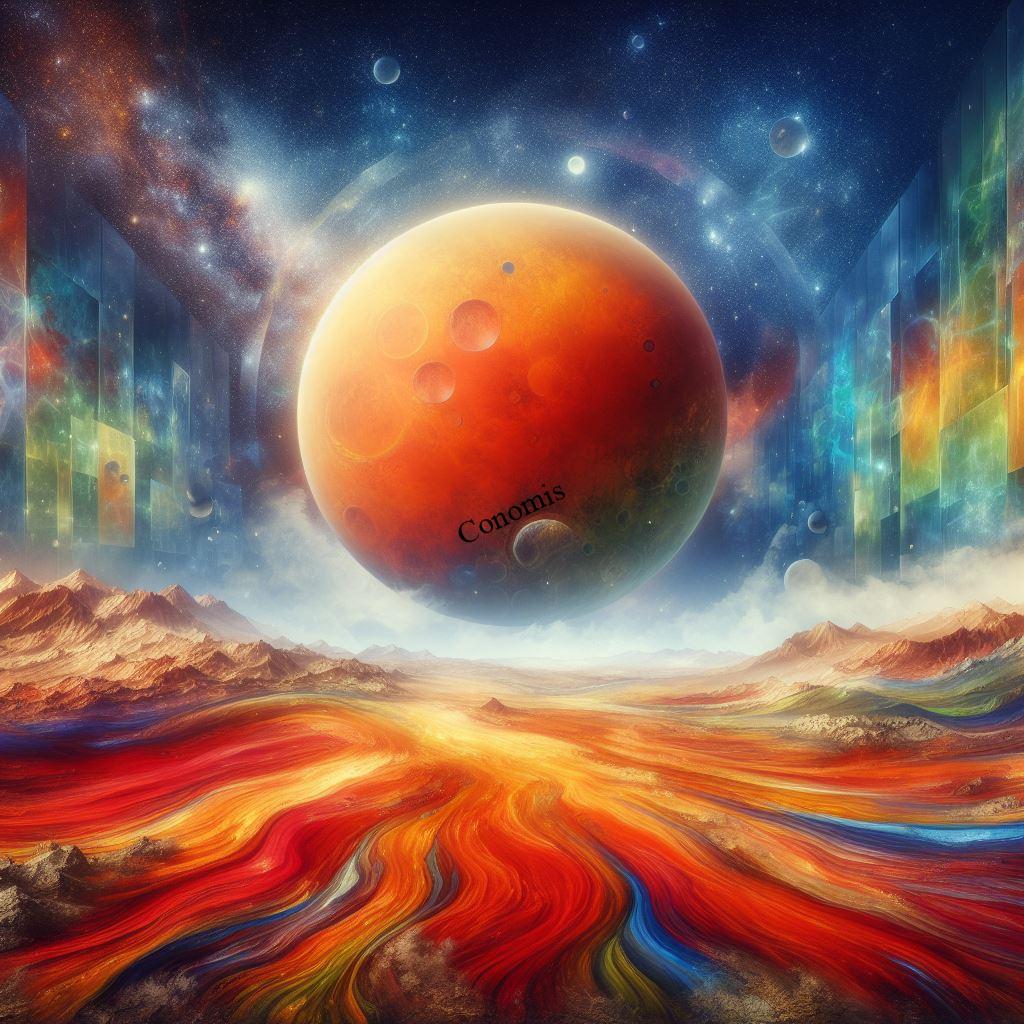
As we stand on the precipice of this remarkable journey, we’re witnessing the transformation of the Mars Dream into a Mars Reality. It’s a testament to human ingenuity, Perseverance, and our innate desire to explore the unknown. The Red Planet, once a distant speck in the night sky, is becoming a destination within our reach.
So, fasten your seatbelts as we delve deeper into the captivating world of Mars Exploration. What was once the stuff of dreams is now a frontier we are on the cusp of conquering.
The Mars Exploration Race: Nations Competing for Space Dominance
When we gaze towards the horizon of Mars Exploration, one thing becomes abundantly clear – a race is underway, and it’s not just any race; it’s a race to reach the Red Planet, and it’s intensifying with each passing day. In this high-stakes competition, nations and private companies alike are vying for the coveted title of being the first to set foot on Martian soil.
This Mars Race is reminiscent of the great explorations of the past, where pioneering adventurers set out to conquer uncharted territories. However, in this case, the uncharted territory is not a distant land on Earth but a world millions of miles away, Mars.
The competition is fierce, with multiple nations and private enterprises throwing their hats into the ring. The goal is clear – to establish a presence on Mars, conduct groundbreaking research, and pave the way for potential colonization. It’s a testament to humanity’s insatiable Curiosity and our boundless drive to explore the cosmos.
Nations like the United States, China, and Russia are investing heavily in Mars exploration programs, each with its own unique strategies and timelines. Private companies like SpaceX, led by visionary Elon Musk, are also in the race, with ambitious plans to transport humans to Mars and establish a sustainable colony.

But why this sudden rush to Mars? The answer lies in the immense scientific and technological advancements that have made Mars Exploration more feasible than ever before. We now possess the tools, knowledge, and ambition to make it happen.
As the competition intensifies, we can expect to witness remarkable achievements, breakthroughs, and perhaps even setbacks. However, one thing is certain – the Mars Race has ignited a new era of space exploration, one that promises to expand our understanding of the universe and inspire generations to come.
So, buckle up and stay tuned as we follow the thrilling Mars Race, where the finish line isn’t just another destination but the future of Mars Exploration itself.
Mars Rovers: Pioneering Exploration
When it comes to Mars Exploration, there’s a group of unsung heroes that have been stealing the spotlight – Mars rovers. These unassuming robotic explorers have taken center stage in our quest to understand the Red Planet, and they’re doing it with style. Equipped with cutting-edge technology and the ability to roam autonomously, these rovers have become instrumental in our study of the Martian surface.
Picture them as our mechanical adventurers, venturing into a world we can’t yet physically reach. These rovers are more than just machines; they’re the embodiment of human Curiosity and ingenuity.
Take, for instance, the renowned Curiosity rover. Since its touchdown on Mars in 2012, it has been our trusty Martian detective, unraveling the planet’s mysteries one scientific experiment at a time. Armed with an array of state-of-the-art instruments, it has delved deep into the geology, climate, and potential for past life on Mars. Curiosity has shown us that the Martian landscape is a complex tapestry of history waiting to be unveiled.
Now, fast forward to the Perseverance rover, the latest addition to the Mars Exploration family. It’s not just exploring; it’s on a mission to seek signs of ancient microbial life and collect rock and soil samples for future return to Earth. Perseverance is not just a machine; it’s a symbol of our unwavering determination to unearth the secrets of Mars.
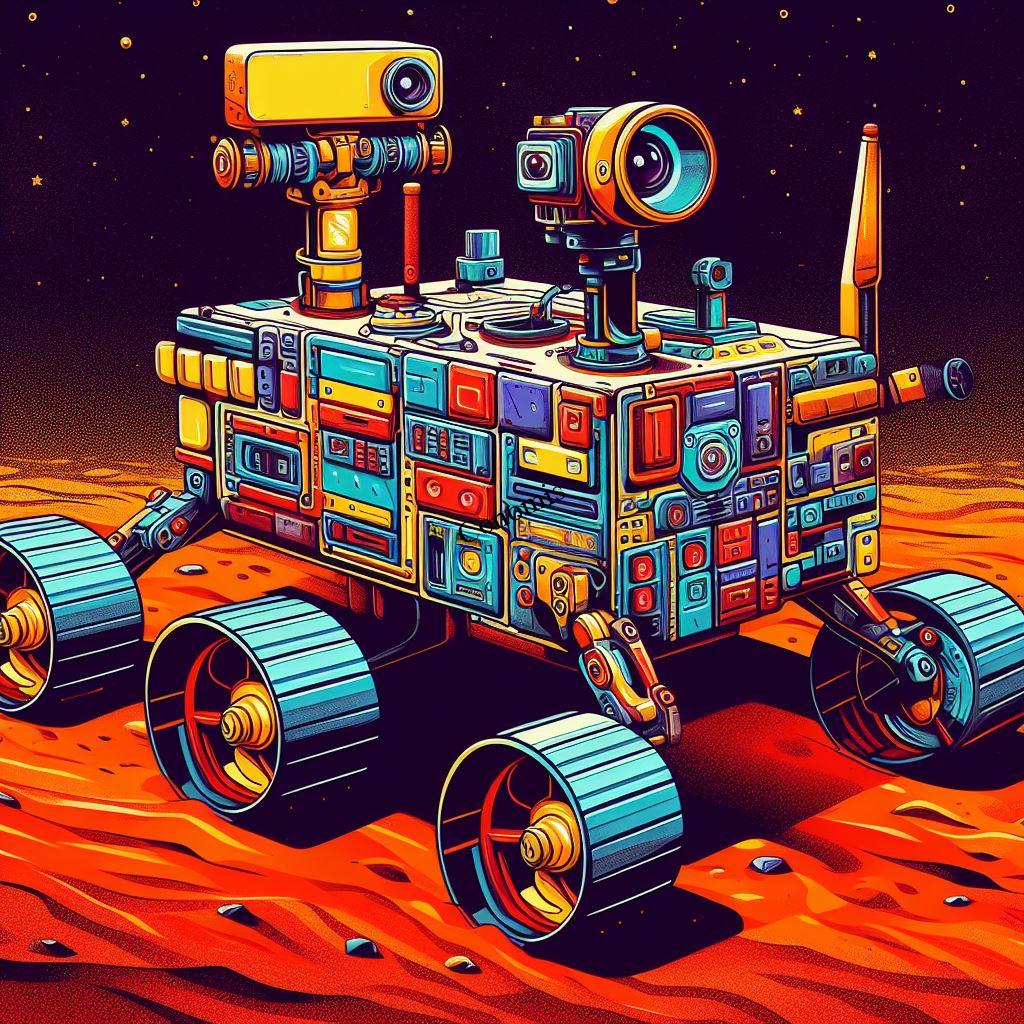
But what makes these rovers truly remarkable is their autonomy. They’re not remote-controlled like your average toy car; they’re smart enough to make decisions on their own. Thanks to intricate programming and advanced AI, they can navigate the challenging Martian terrain, avoiding obstacles and making informed choices about where to explore next.
These rovers are our eyes and ears on Mars, providing us with invaluable data and jaw-dropping images of a world that’s millions of miles away. They are the vanguards of Mars Exploration, paving the way for future missions and, who knows, possibly human footsteps on the Martian soil. So, as we celebrate their achievements, let’s remember that Mars rovers are the embodiment of our relentless pursuit of knowledge and the remarkable feats we can achieve through science and technology.
Curiosity: The Martian Detective
Meet Curiosity, the steadfast Martian detective who has been tirelessly exploring Mars since its touchdown in 2012. This plucky rover is no ordinary traveler; it’s a scientific marvel equipped with a treasure trove of sophisticated instruments.
Curiosity’s mission has been nothing short of awe-inspiring. It’s like the Sherlock Holmes of the Red Planet, deciphering the enigmatic clues hidden within the Martian landscape. With its keen eye for detail and unwavering dedication, Curiosity has allowed us to peel back the layers of Mars’ history.
One of Curiosity’s most significant achievements has been unraveling the secrets of Mars’ geology. It has roamed the Martian surface, meticulously examining rocks and formations, shedding light on the planet’s past. It’s as if Curiosity is flipping through the pages of an ancient Martian history book, revealing stories that are millions of years old.
But that’s not all; this rover has also been our weather reporter on Mars. It’s provided invaluable data on the planet’s climate, helping us understand the ever-changing Martian atmosphere.

Perhaps one of the most tantalizing aspects of Curiosity’s mission has been its quest for signs of past life. While it hasn’t discovered conclusive evidence yet, it has certainly stirred the pot of Curiosity. The possibility of ancient microbial life on Mars is a question that still lingers in the cosmos, waiting for further investigation.
In the grand tapestry of Mars Exploration, Curiosity is a vital thread. It’s a testament to human ingenuity and our unquenchable thirst for knowledge. As we look back on its remarkable journey, we are reminded that the pursuit of the unknown is an endeavor that transcends boundaries and has the power to unite us all in the grand adventure of space exploration.
Perseverance: The Hunt for Signs of Life
Perseverance, the latest member of the Mars rover clan, is on a bold quest: to uncover signs of ancient microbial life on the Red Planet. Since its arrival, Perseverance has been a beacon of hope in the field of Mars Exploration.
Imagine it as an interplanetary detective armed with cutting-edge instruments scouring the Martian terrain for clues. Its mission is clear—to dig deep into Mars’ past and search for any hints that life, in some form, may have once existed there.
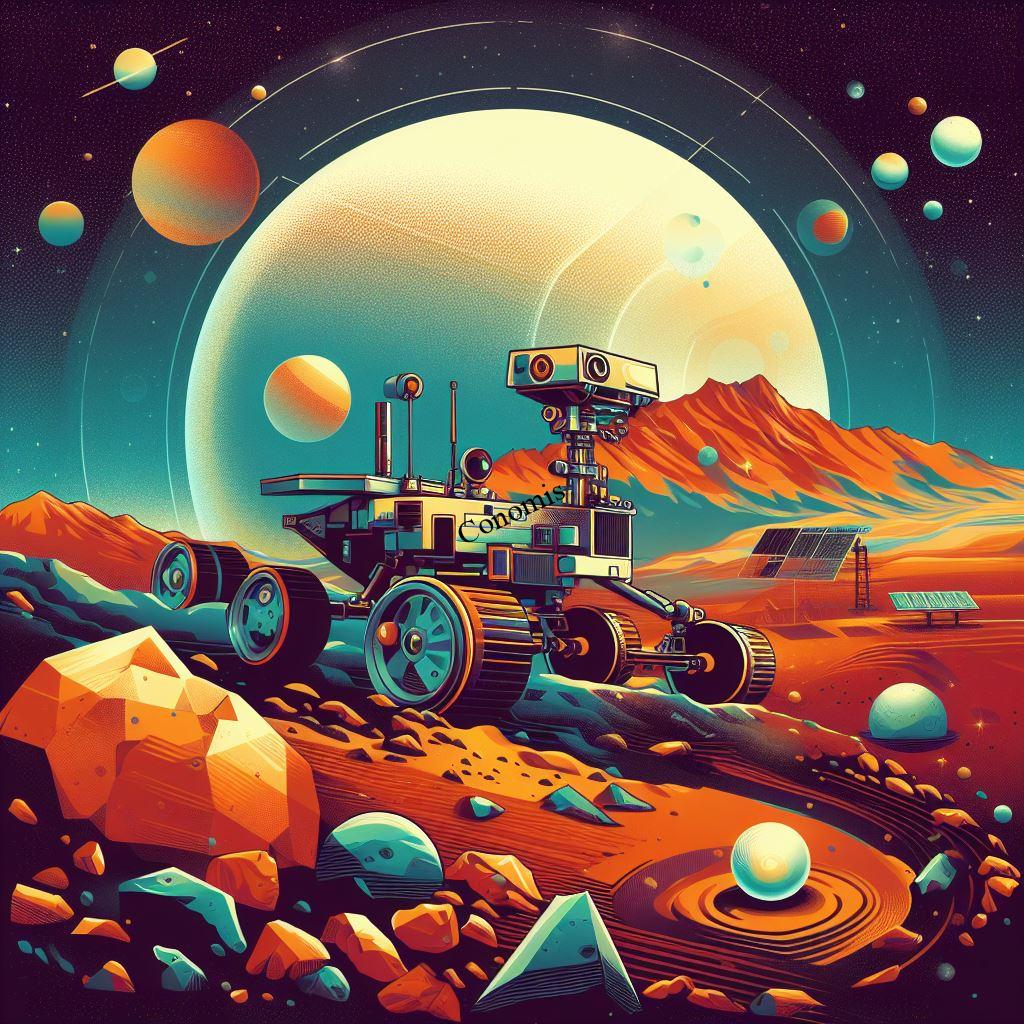
But Perseverance isn’t just looking for answers; it’s also preparing for the future. It’s collecting rock and soil samples with the intention of sending them back to Earth one day. These samples could hold the key to unlocking Mars’ ancient mysteries and, perhaps, rewriting the history of our solar system.
Perseverance embodies the spirit of Curiosity and resilience that drives Mars Exploration. As it tirelessly roves the Martian landscape, we are reminded of our boundless human determination to explore the unknown. This rover is not just a machine; it’s a symbol of our unwavering commitment to unravel the secrets of the cosmos, one Mars rock at a time.
Artificial Intelligence: The Brain Behind Mars Exploration
In the realm of Mars Exploration, there’s a silent hero working tirelessly behind the scenes – Artificial Intelligence (AI). This technological marvel plays a pivotal role, serving as the brains behind our interplanetary missions.
Picture AI as the guiding force that empowers our rovers to venture boldly across the Martian terrain. These autonomous vehicles aren’t just roving aimlessly; they’re making calculated decisions thanks to AI. These decisions include everything from selecting the safest path to avoiding treacherous obstacles.
But AI’s role doesn’t stop there. It’s the data cruncher, capable of processing immense volumes of information collected by these rovers. Imagine sorting through mountains of data to find those precious nuggets of scientific gold – that’s precisely what AI does. It assists scientists in identifying interesting geological features, aiding in the pursuit of knowledge about Mars.

Moreover, AI ensures that these missions run smoothly and efficiently. It’s the guardian angel that watches over our rovers, ensuring they remain on course and function optimally in the harsh Martian environment.
In essence, AI is the unsung hero of Mars Exploration. It’s the silent partner that enables us to push the boundaries of space exploration, helping us unlock the mysteries of the Red Planet. So, while the rovers take the spotlight, let’s not forget the critical role that Artificial Intelligence plays in making these missions a resounding success.
Machine Learning for Image Analysis
In the fascinating world of Mars Exploration, machine learning takes the lead in deciphering the cryptic language of Martian landscapes. Imagine it as a digital Sherlock Holmes equipped with algorithms that can scrutinize images in remarkable ways.
These machine learning algorithms are the keen eyes of our rovers. They don’t just passively collect snapshots of Mars; they actively analyze every nook and cranny. Their mission? To identify intriguing geological features that might hold the keys to understanding the Red Planet’s past.
As these algorithms sift through thousands of images, they pinpoint areas of interest. They can recognize patterns, detect anomalies, and highlight geological formations that might otherwise go unnoticed. This isn’t just a technological feat; it’s a scientific breakthrough.

The real magic happens when these AI-powered algorithms provide scientists with actionable insights. They help researchers make informed decisions about where to send the rovers next, guiding them to explore areas with the highest scientific potential. It’s like having a trusted advisor whispering in their ears, “Hey, there’s something fascinating over there; you might want to take a closer look.”
So, when you see those stunning images of Mars captured by rovers like Curiosity and Perseverance, remember that it’s not just technology at work; it’s the remarkable synergy between humans and machine learning, pushing the boundaries of our understanding of Mars Exploration.
Autonomous Navigation
When it comes to Mars Exploration, one of the most intriguing aspects is how our trusty rovers navigate the Martian wilderness. These rovers aren’t puppets on strings, controlled from afar; they’re more like independent adventurers, thanks to the wonders of autonomous navigation.
Imagine sending a rover millions of miles away to a planet with a landscape as alien as it gets. Now imagine letting it roam freely, making its own decisions about where to go and how to get there. That’s exactly what’s happening on Mars, and it’s all thanks to Artificial Intelligence (AI) algorithms.
These AI algorithms are the rover’s compass, map, and guardian angel all rolled into one. They enable the rover to analyze the terrain, identify potential obstacles, and plot the safest and most efficient path forward. It’s like giving the rover its own GPS but on a whole new level.
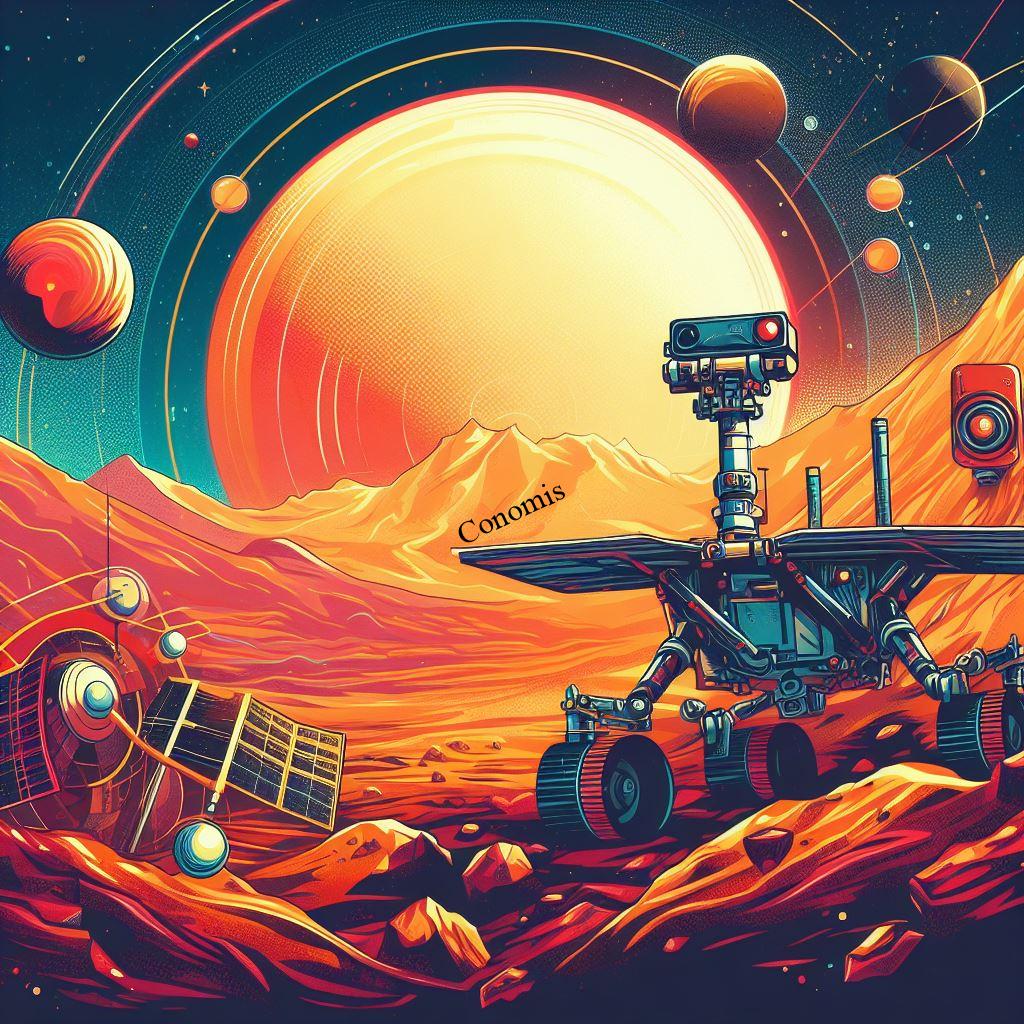
But here’s the real kicker – Mars’ surface is unpredictable. It’s littered with rocks, dunes, and all sorts of hazards that could spell disaster for a rover. That’s where the AI truly shines. It’s not just about finding the best path; it’s about ensuring the rover’s safety. These algorithms can make split-second decisions to avoid danger and keep the rover on its mission.
So, when you see those breathtaking images of Mars taken by rovers like Curiosity and Perseverance, remember that there’s not just groundbreaking technology behind them; there’s a dose of autonomy and intelligence that allows these machines to explore the Red Planet on their own terms, making Mars Exploration a journey filled with discovery and wonder.
3D Printing: Crafting on Martian Soil
As we peer into the future of Mars Exploration, one concept stands out as truly thrilling – 3D printing. It’s not just a futuristic idea; it’s a game-changer that promises to revolutionize the way we approach missions on Mars.
Imagine this: astronauts on the Red Planet, armed with 3D printers that can take local Martian resources and transform them into tools and even habitats. It’s a vision that’s both awe-inspiring and practical.
What makes 3D printing on Mars so exciting is its potential for self-sufficiency. In the harsh Martian environment, transporting heavy equipment and supplies from Earth is a logistical nightmare. But with 3D printing, we can tap into the planet’s own resources, like Martian soil, and create what we need right there.
Picture this scenario: an astronaut needs a specific tool for a mission. Instead of waiting for a resupply from Earth, they can simply input the design into a 3D printer, and voilà, the tool is created. It’s a bit like having a high-tech toolbox that can conjure up whatever you require.
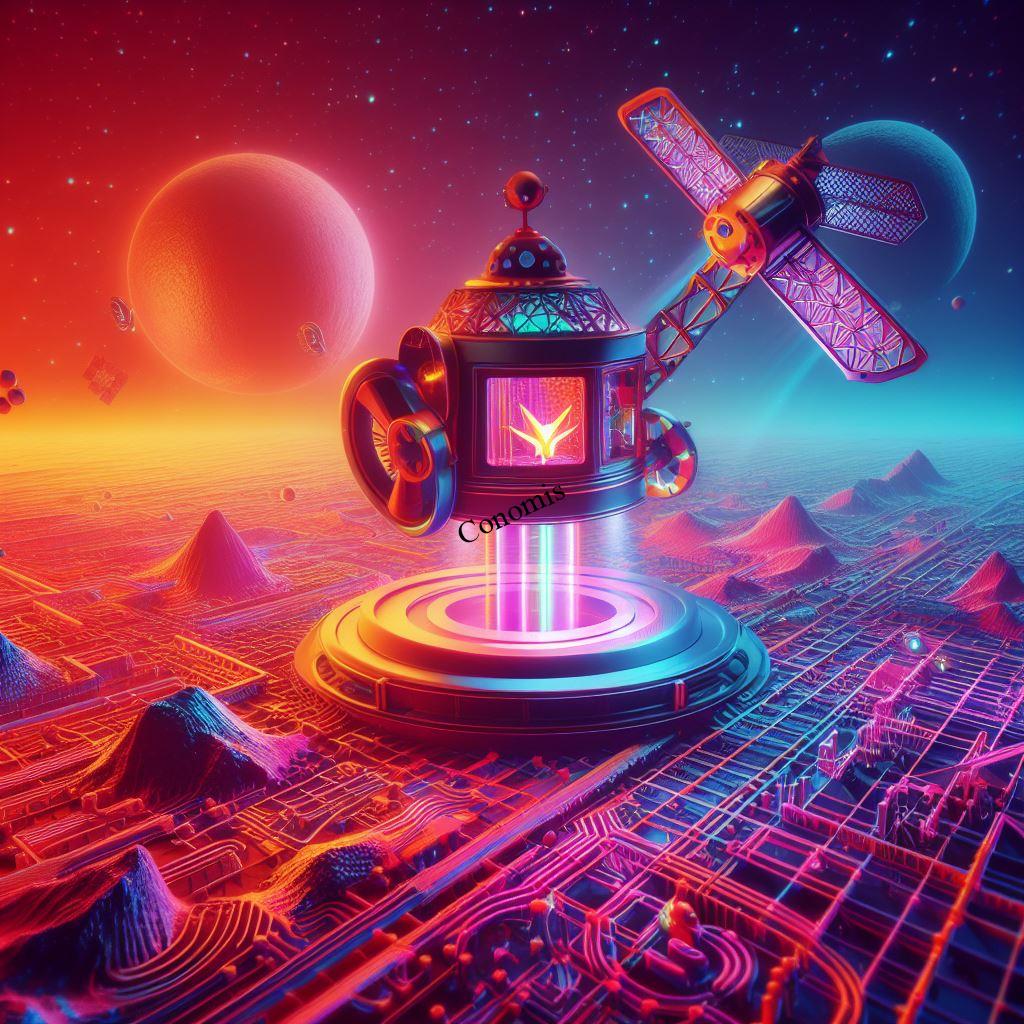
But perhaps the most tantalizing prospect is 3D printing habitats. It’s not science fiction; it’s a potential reality. These printers could use Martian soil to construct protective shelters, providing astronauts with a safe haven in the challenging Martian environment.
So, when we think about Mars Exploration, 3D printing isn’t just a cool idea; it’s a practical innovation that could make missions more sustainable and self-reliant. It’s a reminder that human ingenuity knows no bounds, and as we venture further into space, we’ll continue to find creative solutions to the challenges that lie ahead.
Mars Habitat Construction
Picture a future where astronauts arrive on Mars equipped with advanced 3D printers capable of crafting their habitats from the planet’s own soil. This revolutionary concept not only lessens the burden of transporting hefty building materials from Earth but also offers a sustainable path to living on the Red Planet.
In this innovative scenario, Martian soil, or regolith, becomes the raw material for constructing shelters. The 3D printer carefully deposits and fuses layers of regolith to form robust and insulated structures, providing safe havens for astronauts.

This approach offers several advantages for Mars Exploration. It drastically cuts down on the need for resource-intensive cargo shipments from Earth, making missions more cost-effective. Additionally, it promotes self-sufficiency and environmental responsibility, key principles in our quest to expand our presence in the cosmos. As we peer toward the Martian horizon, this vision of sustainable habitat construction stands as a beacon of hope for our cosmic future.
Terraforming Mars: The Ultimate Goal
In the vast panorama of Mars Exploration, one audacious vision shines like a distant star – terraforming Mars. While it remains a prospect far on the horizon, this concept is nothing short of mind-boggling. It involves the colossal task of fundamentally transforming Mars’ harsh environment into a place where humans can thrive.
Imagine Mars as a barren, frigid world, and then envision a future where it becomes a second home for humanity. That’s the dream of terraforming – a process that’s as ambitious as it is awe-inspiring.
So, what does terraforming Mars entail? It means engineering the Red Planet’s atmosphere, temperature, and surface conditions to mimic those of Earth. This includes everything from creating a thicker, breathable atmosphere to melting the polar ice caps for liquid water and even cultivating plant life to generate oxygen.

While it sounds like science fiction, the idea is rooted in scientific principles. But make no mistake, terraforming is a task of monumental proportions. It would require decades, if not centuries, of dedication, advanced technology, and unwavering commitment.
The ultimate goal of terraforming Mars is to open up a new frontier for human civilization. It’s about expanding our horizons and ensuring the long-term survival of our species. While it remains a distant prospect, the mere contemplation of such an endeavor serves as a testament to our boundless Curiosity and our relentless pursuit of the unknown. In the grand journey of Mars Exploration, terraforming stands as the boldest and most captivating chapter, where the Red Planet could one day transform into a new cradle for humanity.
Controlled Atmosphere Creation
In the ambitious quest to make Mars hospitable for humans, a fascinating concept emerges – controlled atmosphere creation. Scientists are diligently exploring the possibility of altering Mars’ thin, inhospitable atmosphere by releasing greenhouse gases. The goal? To kickstart a transformation that could ultimately result in a climate more akin to Earth’s.
Picture this as a cosmic greenhouse experiment. By introducing gases like carbon dioxide into Mars’ atmosphere, we aim to trap heat and initiate a warming process. This gradual rise in temperature could have a cascading effect, leading to the melting of polar ice caps and the emergence of liquid water – an essential ingredient for life as we know it.
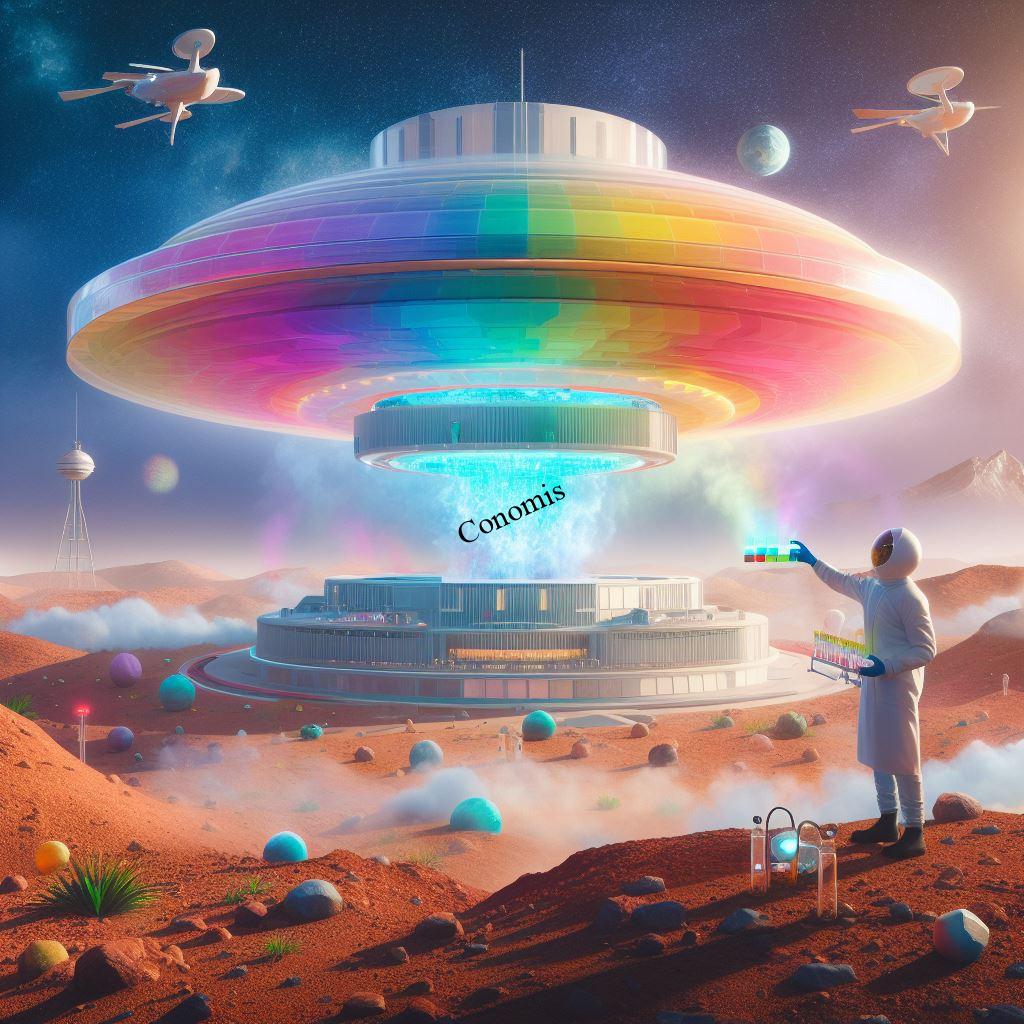
While this process is a long-term endeavor and presents numerous challenges, it represents a remarkable step in our Mars Exploration journey. It’s a testament to human ingenuity and our unwavering commitment to expand our presence beyond Earth. In the distant future, controlled atmosphere creation could turn the Martian landscape into an oasis, fostering a new era of exploration and, perhaps, even colonization.
The Martian Greenhouse
In the grand vision of Mars Exploration, one captivating idea takes root – the creation of Martian greenhouses. These self-contained environments hold the promise of supporting plant growth on Mars, a feat that could yield oxygen and sustenance for future colonies.
Imagine these Martian greenhouses as tiny biospheres within the harsh Martian landscape. They would be carefully designed to shield plants from the extreme cold, radiation, and thin atmosphere outside. Inside, plants would thrive, converting carbon dioxide into oxygen through photosynthesis.

The implications are profound. Not only would these greenhouses provide a vital source of oxygen for future Martian settlers, but they would also serve as mini-farms, cultivating crops to feed hungry astronauts. It’s a step towards self-sufficiency, reducing our reliance on Earth for essential supplies.
While the Martian greenhouse concept is still in its infancy, it represents a beacon of hope in our quest to make Mars a second home for humanity. It’s a symbol of our determination to overcome the challenges of living in an alien world and underscores the boundless potential of Mars Exploration.
Conclusion
In the grand narrative of space exploration, the future beckons with boundless promise, and at its heart lies the enigmatic Red Planet Mars. Our journey to understand and ultimately conquer this distant world is a testament to human ingenuity and our unquenchable thirst for knowledge.
The tools we wield in this cosmic endeavor are nothing short of miraculous. Rovers, those intrepid explorers, venture boldly across the Martian surface, beaming back insights and images that captivate our collective imagination. Artificial Intelligence, our silent partner, guides these rovers with precision, making autonomous decisions that expand our understanding of this alien realm.
And then there’s 3D printing, a technology that transforms Martian soil into the building blocks of our future homes on Mars. It’s a symbol of sustainability, self-sufficiency, and a bold step towards making the Red Planet a second home for humanity.

As we peer into the cosmos, Mars remains a tantalizing destination, a place where dreams of colonization and exploration take root. It’s a canvas upon which we paint our aspirations, a world that challenges us to reach beyond our terrestrial boundaries.
In this quest, Mars Exploration isn’t just a scientific endeavor; it’s a testament to the indomitable spirit of exploration that defines our species. With each mission, each discovery, and each technological leap, we inch closer to the day when Mars is not just a distant speck in the night sky but a place where humans live and thrive.
So, as we continue this odyssey, driven by cutting-edge technology and an insatiable hunger for discovery, we stand on the precipice of a new era in human history. The future of Mars Exploration is not just a promise; it’s a relentless pursuit, a journey that will define generations to come and, perhaps, usher in an era where Mars becomes our second cosmic home.
FAQs
How far is Mars from Earth?
Mars can vary in distance from Earth, with an average distance of about 140 million miles.
What is the purpose of Mars exploration?
The primary goals of Mars exploration are to understand the planet’s history, search for signs of past or present life, and pave the way for potential human colonization.
When will humans set foot on Mars?
While there is no fixed date, NASA and other space agencies are actively working on plans for human missions to Mars, with tentative timelines in the 2030s.
What challenges do Mars rovers face on the planet’s surface?
Mars rovers face challenges such as dust storms, extreme temperatures, and treacherous terrain, which require advanced technology and AI to navigate safely.
How can I get involved in Mars exploration?
You can follow the latest updates from space agencies and consider pursuing a career in fields like astronomy, engineering, or planetary science to contribute to Mars exploration efforts.
You Can Also Read
https://en.wikipedia.org/wiki/Exploration_of_Mars
https://phys.org/news/2023-10-comprehensive-blueprint-settlement-mars.html
Conomis Thoughts
![]() Copyright 2023 CONOMIS
Copyright 2023 CONOMIS


Does your website have a contact page? I’m having trouble locating it but, I’d like to shoot you an email. I’ve got some recommendations for your blog you might be interested in hearing. Either way, great website and I look forward to seeing it improve over time.
I’m commenting to make you be aware of what a fine encounter my friend’s child went through going through your web site. She noticed too many issues, which include what it is like to possess a very effective teaching character to let a number of people with no trouble fully understand a variety of complex subject areas. You truly did more than visitors’ expected results. Many thanks for presenting such helpful, trustworthy, explanatory and even fun thoughts on this topic to Jane.
Great wordpress blog here.. It’s hard to find quality writing like yours these days. I really appreciate people like you! take care
Hello. remarkable job. I did not anticipate this. This is a great story. Thanks!
Great write-up, I¦m regular visitor of one¦s web site, maintain up the excellent operate, and It is going to be a regular visitor for a long time.
Hiya! I know this is kinda off topic but I’d figured I’d ask. Would you be interested in trading links or maybe guest writing a blog article or vice-versa? My blog addresses a lot of the same subjects as yours and I think we could greatly benefit from each other. If you’re interested feel free to send me an email. I look forward to hearing from you! Terrific blog by the way!
I don’t normally comment but I gotta admit thanks for the post on this perfect one : D.
Good info. Lucky me I reach on your website by accident, I bookmarked it.
Good V I should certainly pronounce, impressed with your web site. I had no trouble navigating through all the tabs as well as related info ended up being truly simple to do to access. I recently found what I hoped for before you know it at all. Quite unusual. Is likely to appreciate it for those who add forums or something, site theme . a tones way for your client to communicate. Nice task..
Wow! Thank you! I continually needed to write on my website something like that. Can I take a part of your post to my site?
With every little thing that seems to be developing throughout this subject material, all your viewpoints are generally fairly refreshing. On the other hand, I am sorry, but I do not subscribe to your whole plan, all be it refreshing none the less. It looks to everyone that your comments are generally not entirely rationalized and in fact you are generally yourself not really thoroughly confident of your argument. In any case I did take pleasure in reading it.
I think other website proprietors should take this site as an model, very clean and fantastic user genial style and design, as well as the content. You are an expert in this topic!
This web site is really a walk-through for all of the info you wanted about this and didn’t know who to ask. Glimpse here, and you’ll definitely discover it.
I’m still learning from you, as I’m improving myself. I certainly enjoy reading everything that is posted on your website.Keep the tips coming. I liked it!